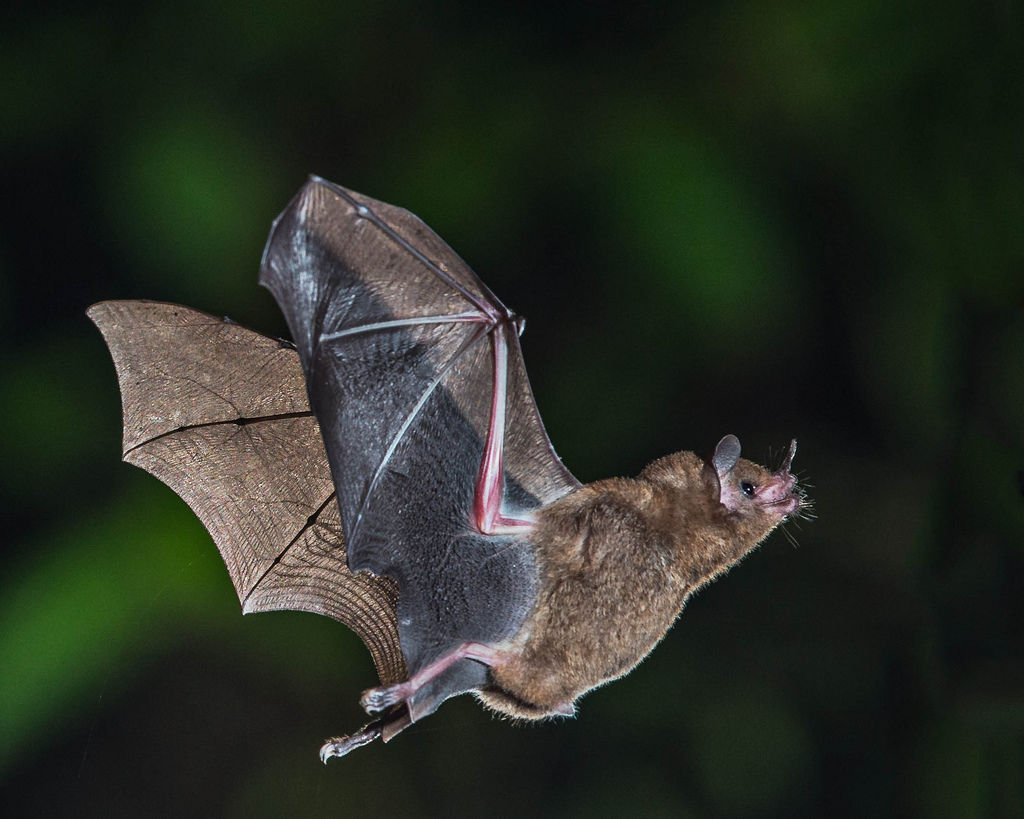Within the last few centuries, urban development has changed the world dramatically, leading to the unanticipated formation of “sensory traps” for animals that make their way into populated areas.
Sensory traps mimic signals that elicit an animal behavior that is out of context. Because bats and other animals evolved to survive in a natural landscape, living in an urban setting poses specific challenges to certain species. One of the species most affected by the development of sensory traps is bats.
A recent study, published in a “Science” article by a group of scientists from the Max Planck Institute of Ornithology in Germany, uncovers the extent to which smooth surfaces serve as sensory traps for different species of bats.
Because bats prefer to hunt and forage under the cover of night, they have adapted the ability to use echolocation as a means of “seeing” the landscape around them. They emit sound waves from their mouths and nose, which travel throughout the space around them and bounce back. Upon reflection, return and perception of these sound waves, the bats are able to judge an object’s positions relative to their own.
The problem with smooth surfaces, such as metal walls and glass windows, is that these sound waves are not reflected back to the bats. Instead, the sound waves are scattered, and bats perceive an open flyway. This is called an acoustic mirror effect, and it results in bats often flying full speed into smooth surfaces, causing serious injury and even death.
The scientists from the Max Planck Institute of Ornithology performed a study by setting up a flight room with a smooth vertical metal plate against one wall.
The room was equipped with infrared cameras and microphones to see and hear the bats’ actions. It was observed that 19 of the 21 bats crashed into the smooth metal plate at least once during the 15 minutes each bat spent in the flight room. Furthermore, of the total number of approaches all bats took toward the metal plate, close to two-thirds resulted in a crash.
The scientists ran similar studies with three different species of bats, all showing similar results and revealing that this problem is not limited to one species.
The implications of this study demonstrate the massive impact human development could have on bat species across the world. The sensory traps created by buildings with glass and metal sides may be harming animals, especially bats, a lot more than many people think.
In order to curb this issue, buildings made with expansive glass or metal siding should be limited when possible in order to help the bats that may be flying blind in urban settings.
Categories:
Tigra Scientifica: Blind as a bat
Jacob Spencer, Contributor
November 13, 2017
0
Donate to The Tiger
Your donation will support the student journalists of Clemson University. Your contribution will allow us to purchase equipment and cover our annual website hosting costs.
More to Discover








